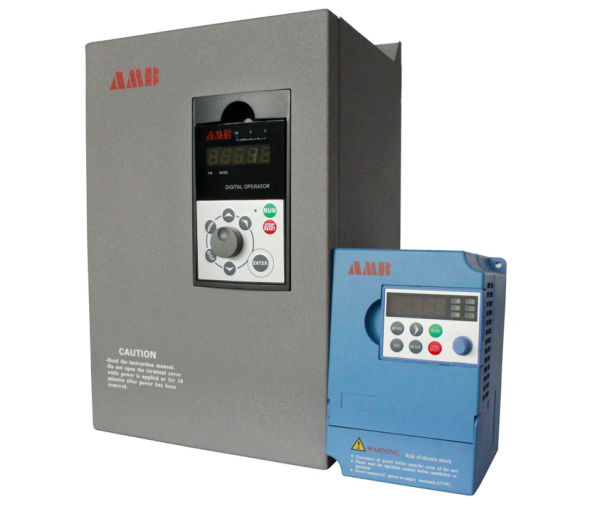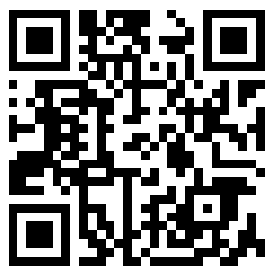
The correct selection of frequency converter is very important for the normal operation of control system. When selecting frequency converter, we must fully understand the load characteristics driven by frequency converter. In practice, production machinery is often divided into three types: constant torque load, constant power load, fan and pump load.
1. Constant torque load
The load torque TL has nothing to do with the speed n, and TL always remains constant or almost constant at any speed. For example, the friction load such as conveyor belt, mixer, extruder and potential energy load such as crane and hoist belong to constant torque load. When the inverter drives the load with constant torque, the torque at low speed should be large enough and have enough overload capacity. If it is necessary to operate stably at low speed, the heat dissipation capacity of standard asynchronous motor should be considered to avoid excessive temperature rise of motor.
2. Power load
The torque required by the spindle of machine tool and the coiler and uncoiler in the rolling mill, paper machine and plastic film production line is generally inversely proportional to the rotational speed, which is the so-called constant power load. The constant power property of the load should be in terms of a certain speed range. When the speed is very low, due to the limitation of mechanical strength, TL can not increase infinitely and change into constant torque at low speed. The constant power area and constant torque area of load have great influence on the selection of transmission scheme. When the motor is in constant flux speed regulation, the maximum allowable output torque is constant, which belongs to constant torque speed regulation; while in the field weakening speed regulation, the maximum allowable output torque is inversely proportional to the speed, belonging to constant power speed regulation. If the range of constant torque and constant power speed regulation of motor is consistent with the range of constant torque and constant power of load, that is, under the so-called "matching" condition, the capacity of motor and inverter are both minimum.
3. Square torque load
In all kinds of fans, pumps and oil pumps, with the rotation of impeller, the resistance of air or liquid in a certain speed range is roughly proportional to the second power of velocity n. With the decrease of speed, the torque decreases according to the second power of speed. The power required for this load is proportional to the third power of the speed. When the required air volume and flow are reduced, the frequency converter can adjust the air volume and flow rate through speed regulation, which can greatly save electric energy.
Since the power required at high speed increases too fast with the speed and is proportional to the third power of the speed, the fan and pump loads should not be operated beyond the power frequency. Correct selection is very important for the normal operation of control system. When selecting frequency converter, we must fully understand the load characteristics driven by frequency converter. In practice, production machinery is often divided into three types: constant torque load, constant power load, fan and pump load.

|
|

|
| The public, | Mobile station |
 0755-81719517
0755-81719517
|
|
 0755-81719530 0755-81719530 |
 amb@ambition.com.cn amb@ambition.com.cn |
 Floor 1, 5 and 6, building 7, lijincheng science and technology industrial park, gongye dong road, longhua new district, shenzhen Floor 1, 5 and 6, building 7, lijincheng science and technology industrial park, gongye dong road, longhua new district, shenzhen |
|